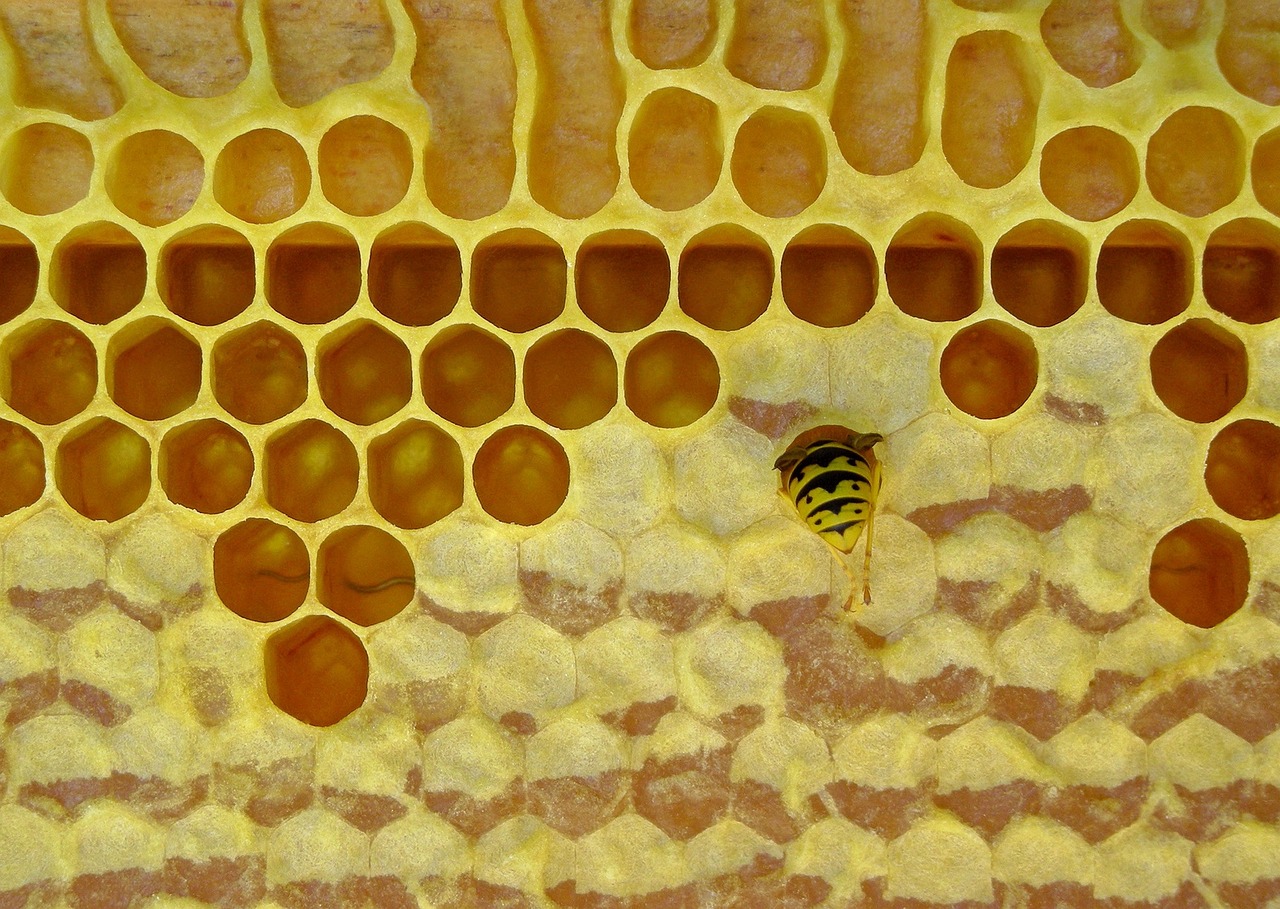
Mind Your Own Beeswax
Through project-based learning, students solve the problem of excess beeswax, a byproduct of honey bees, by developing a useful beeswax product and marketing their product to be sold in a local boutique or farmers market.

Through project-based learning, students solve the problem of excess beeswax, a byproduct of honey bees, by developing a useful beeswax product and marketing their product to be sold in a local boutique or farmers market.
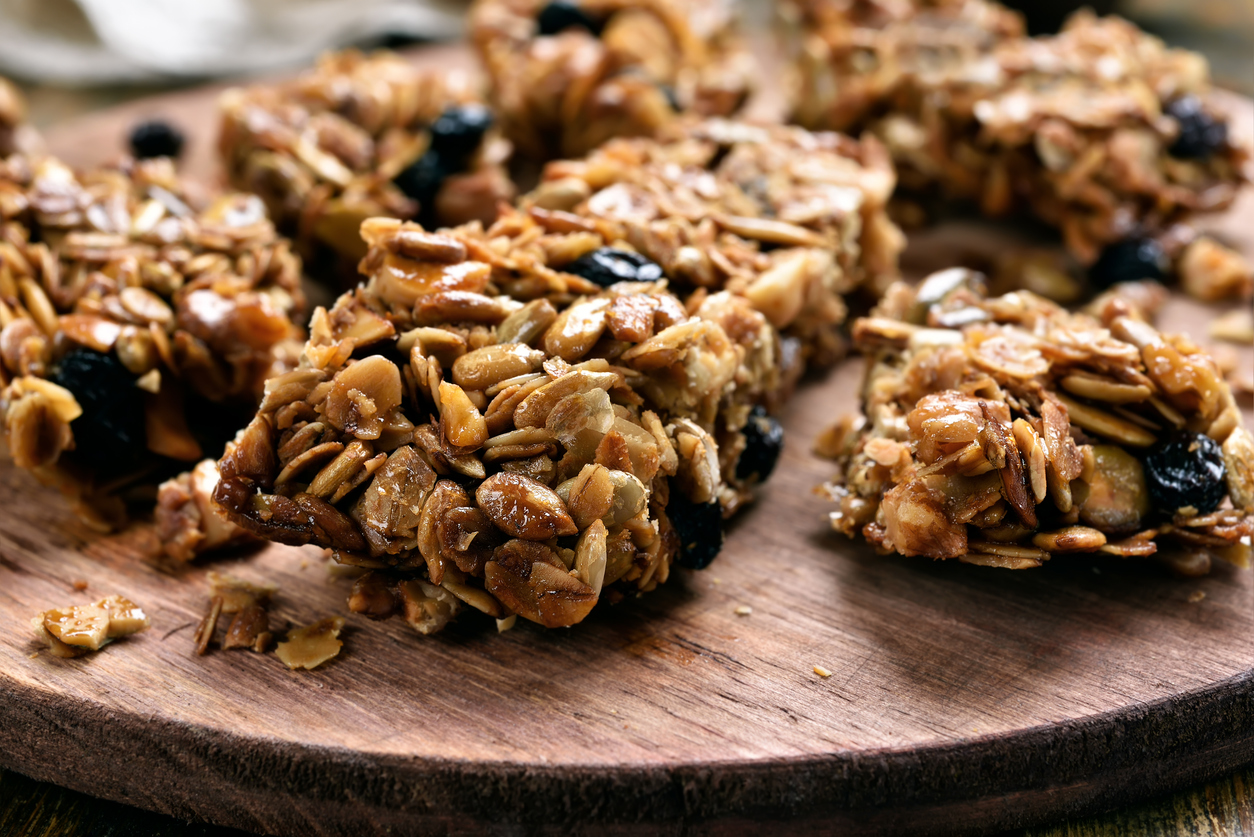
Through project-based learning, students will develop, market, and brand a healthy energy bar and packaging to be sold to a target audience.
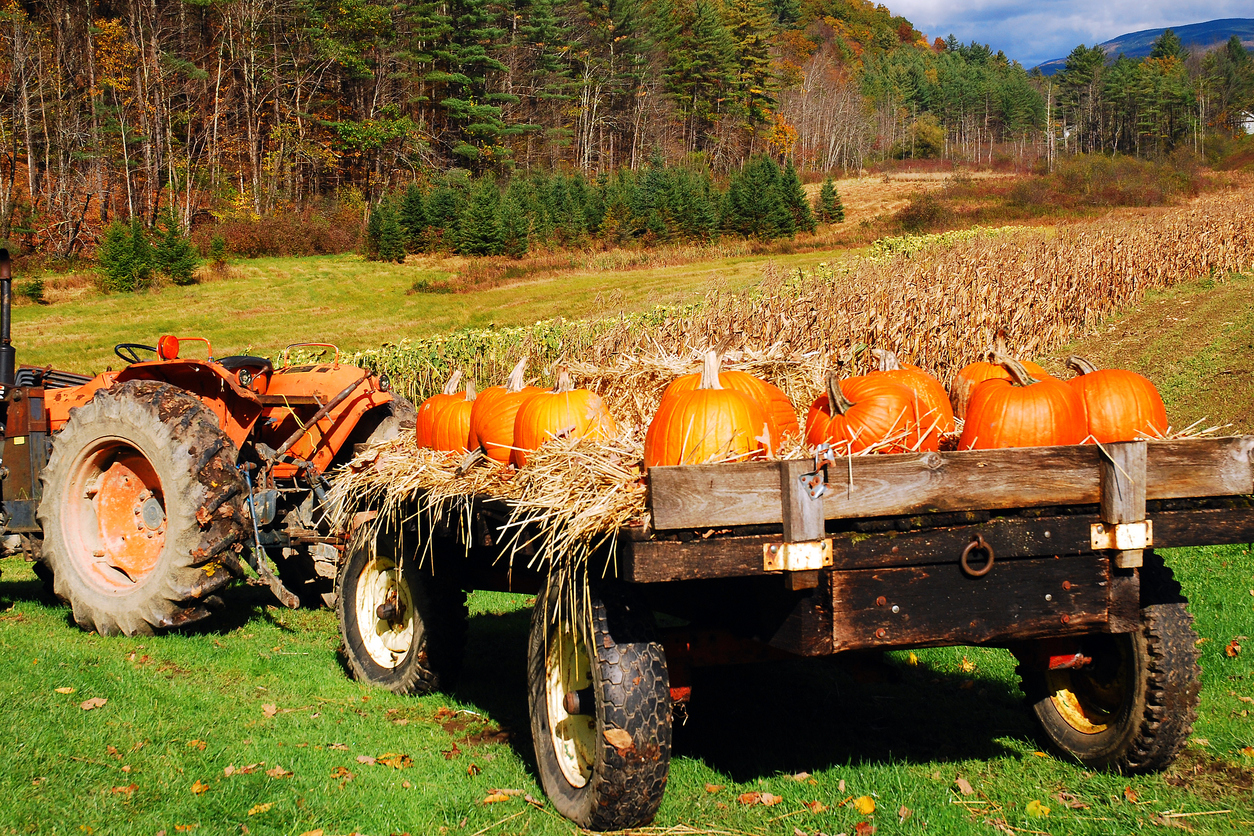
Through project-based learning, students will work in groups to design an agritourism experience that will increase profits for a family-owned farm and provide agricultural literacy opportunities for community members.

Explore the complexity of global commodity chains that link the production and consumption of agricultural products. Discover how economics, politics, infrastructure, and other conditions affect the distribution of food throughout the world.
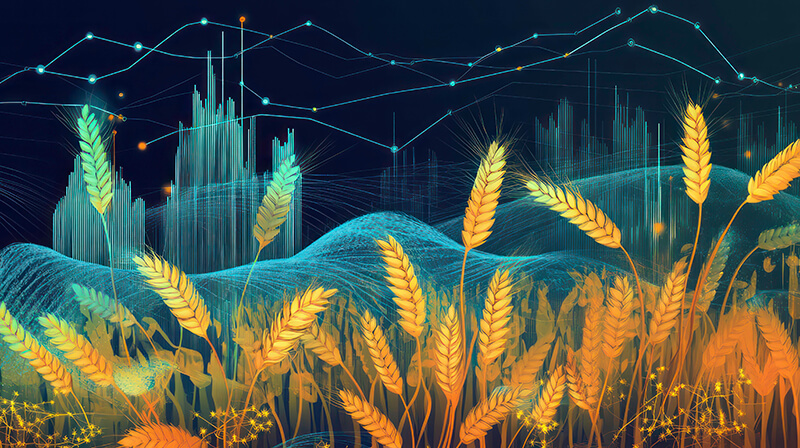
Students will demonstrate understanding of the importance of the relationship between producers and consumers by explaining how agricultural supply and demand affects commodity prices.
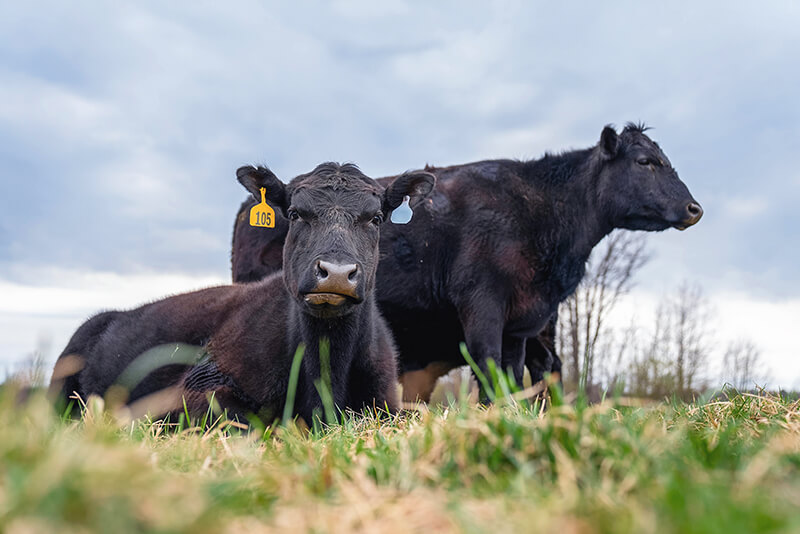
In this lesson, students will follow the farm to fork process of producing beef, learn how cattle and other ruminants convert grass into nutrient-rich foods such as milk and meat, discover ways cattle recycle food waste, and identify careers in the beef cattle industry.
In this lesson, students will learn about solutes and solvents and will use serial dilution while investigating parts per million—a term used to describe the nutrient concentration of a fertilizer solution.
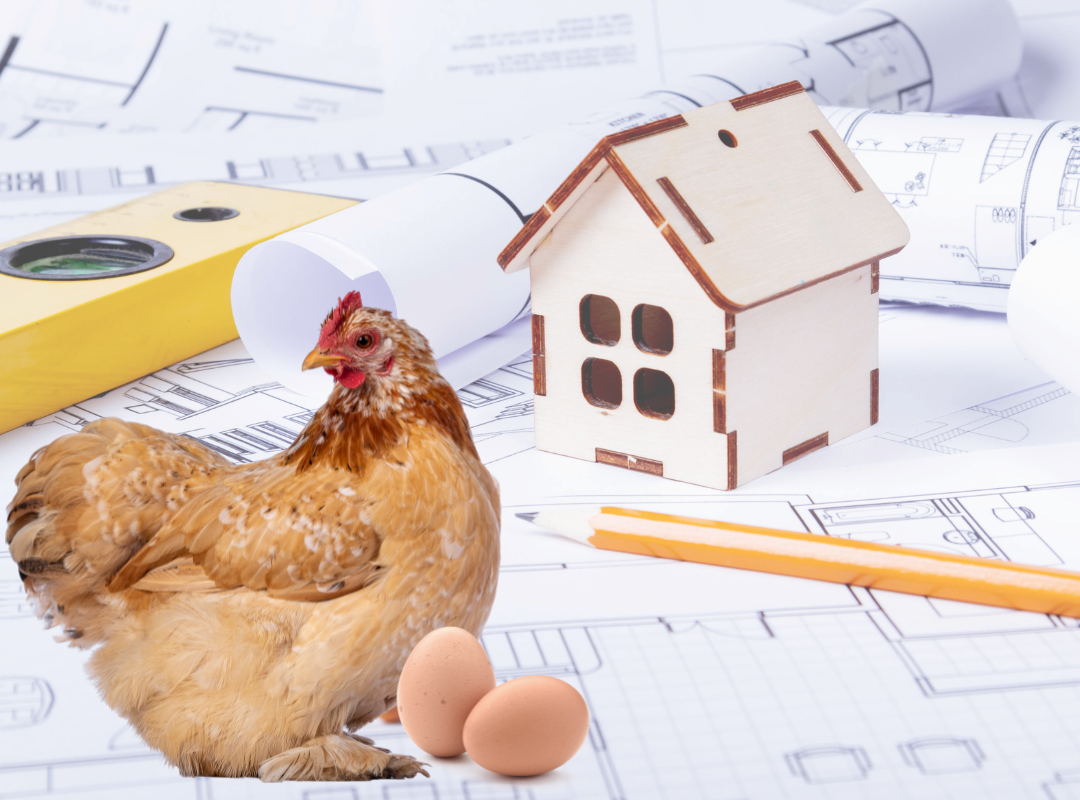
Students use the Claim, Evidence, and Reasoning model to evaluate styles of housing used for hens that lay eggs. Using critical thinking and scientific investigation skills, students will compare housing styles, determine which system meets their animal welfare standards, and engineer their own hen house model to meet the needs of laying hens. This lesson covers a socioscientific issue and aims to provide students with tools to evaluate science within the context of social and economic points of view.
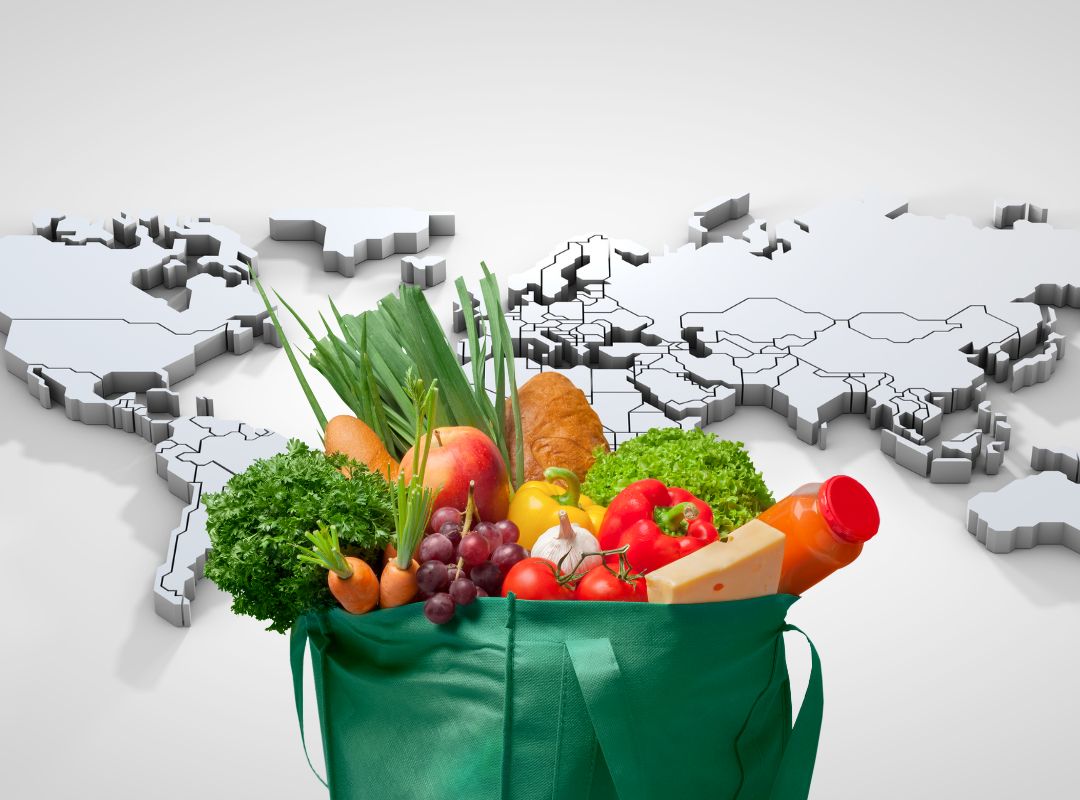
Students learn what factors affect a country's ability to produce their own food and how food expenses differ throughout the world.
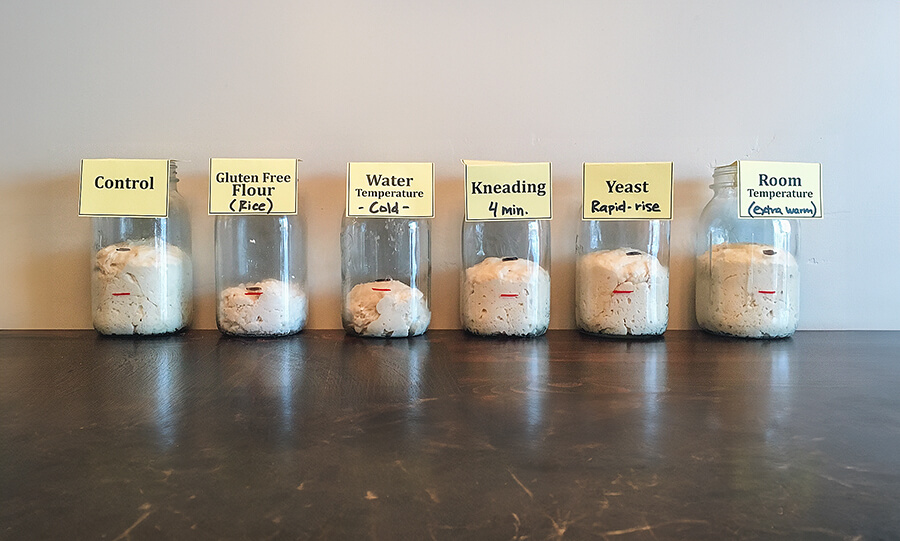
Students explore the phenomenon of what makes bread dough rise. Using baker's yeast, students will observe alcoholic fermentation and its connection to cellular respiration as they are challenged to act as food scientists and develop the best recipe for quick-rising bread dough.
This lesson allows students to apply the concept of Mendelian genetics and learn about the double muscling trait found in cattle. Students will apply their knowledge of genetics and Punnett squares to calculate the probability of genotypes and use a pedigree chart.
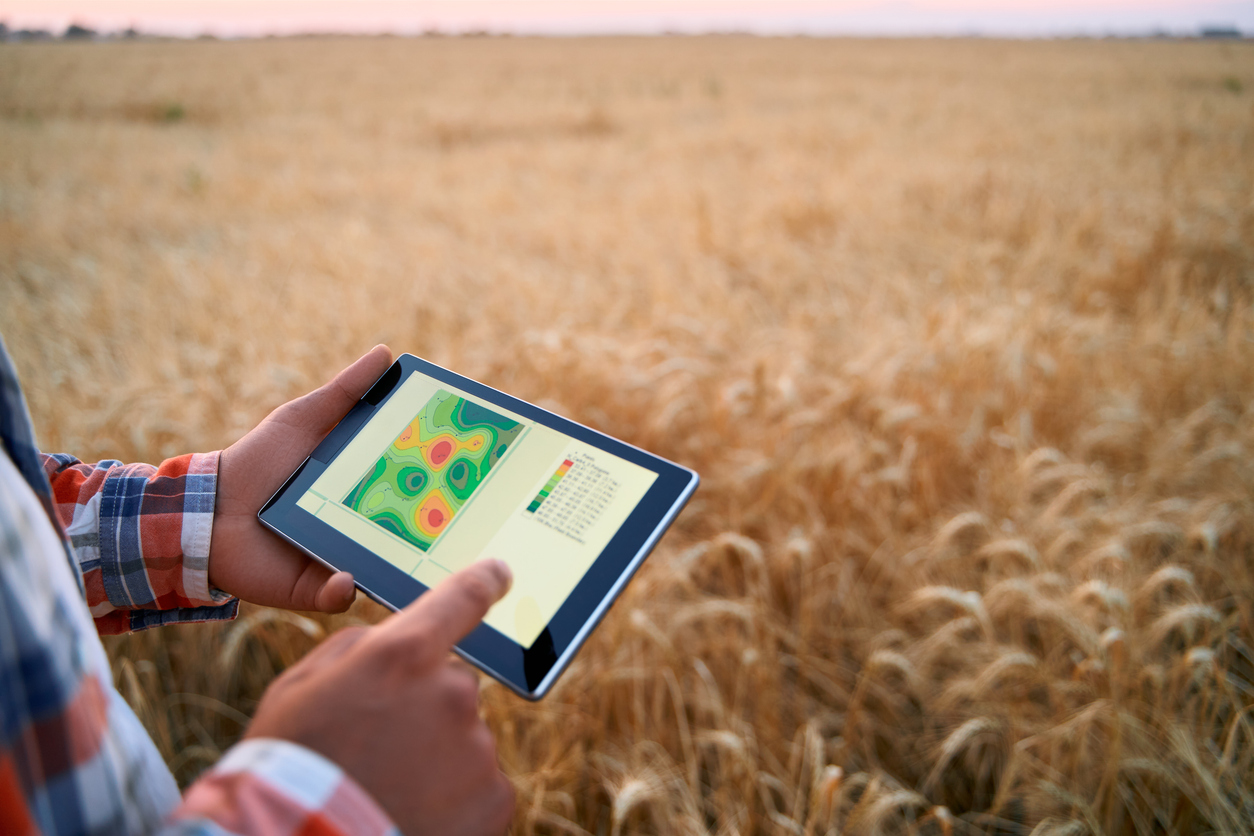
Students discover technologies that are used on farms to increase efficiency and yields and decrease costs and environmental impact.